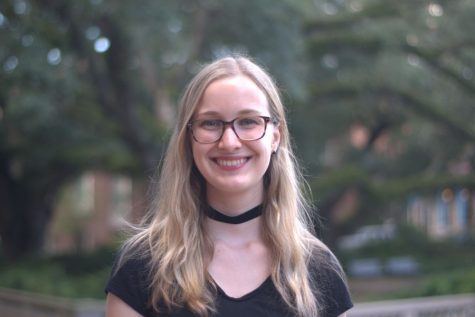Doomsday Clock should raise cognizance, not fear
February 25, 2018

The Bulletin of Atomic Scientists has moved its so-called “Doomsday Clock” closer to midnight, a metaphorical apocalypse. Humanity is now only two minutes from midnight, representing heightened concerns about the security of the world as recent events have put humankind into an increasingly precarious situation. Though the outlook put forth by the Bulletin is bleak, this adjustment of the clock should be viewed as a wake-up call, not a death knell for the future of humanity.
The Bulletin of Atomic Scientist was founded in 1947 by scientists who had worked on the Manhattan Project and now consists of 15 Nobel laureates who annually assess humanity’s nearness to a worldwide catastrophe. The clock was first set as 17 minutes to midnight and has fluctuated over time. The last time it was set this close to midnight was in 1953, during the Cold War, when the U.S. and the Soviet Union were testing thermonuclear devices and hydrogen bombs, respectively.
The Bulletin cites the failure of world leaders to respond to three serious threats as the reason for the move forward. Chief among these is the nuclear threat, which has been exacerbated over the past year by President Trump’s contentious interactions with Kim Jong Un of North Korea, as well as growing tension between the U.S. and Russia, and India and Pakistan.
Another threat which world leaders have failed to adequately address is climate change, which manifested itself through record high temperatures and severe weather events throughout 2017. Meanwhile, global carbon emissions have not begun to decrease, and President Trump withdrew the U.S. from the Paris Climate Agreement, the most comprehensive plan created to fight climate change.
The final threat that concerns the Bulletin most is the rapid advancement of technology, which has largely gone unchecked by governments. In recent elections, we have seen how social media and information technology have been used to disseminate lies and undermine democratic processes. Other technologies, such as autonomous weaponry and gene-editing, are also viewed as threats with the potential to be used against humankind.
In all of these instances, the Bulletin is right to be alarmed by the incompetence and shortsightedness of world leaders who put their own citizens, as well as those of other nations, at risk. What the Bulletin overlooks is the possibility for change. Leaders, though powerful, are only people. They are not permanent, and history has shown the potential of the masses to evoke radical reform.
This aspect of the human spirit shined bright throughout the dark year that was 2017, the year that worried the Bulletin so. The violent and oppressive Islamic State lost territory and power. Yahya Jammeh, who had ruled Gambia ruthlessly for 22 years, stepped down and made way for democracy. China announced the creation of the world’s largest carbon market to reduce air pollution, and new immunotherapy treatments were approved to help people fight cancer.
The world today is increasingly complicated and threatening. Citizens of the world, especially those who hold power and influence, should take the adjustment of the Doomsday Clock seriously, but they should not succumb to the fearful paralysis. Humanity created these problems and it can also fashion the tools to fix them. It is not yet midnight.
This is an opinion article and does not reflect the views of The Tulane Hullabaloo. Madeline is a sophomore at Newcomb-Tulane College. She can be reached at [email protected].









Leave a Comment